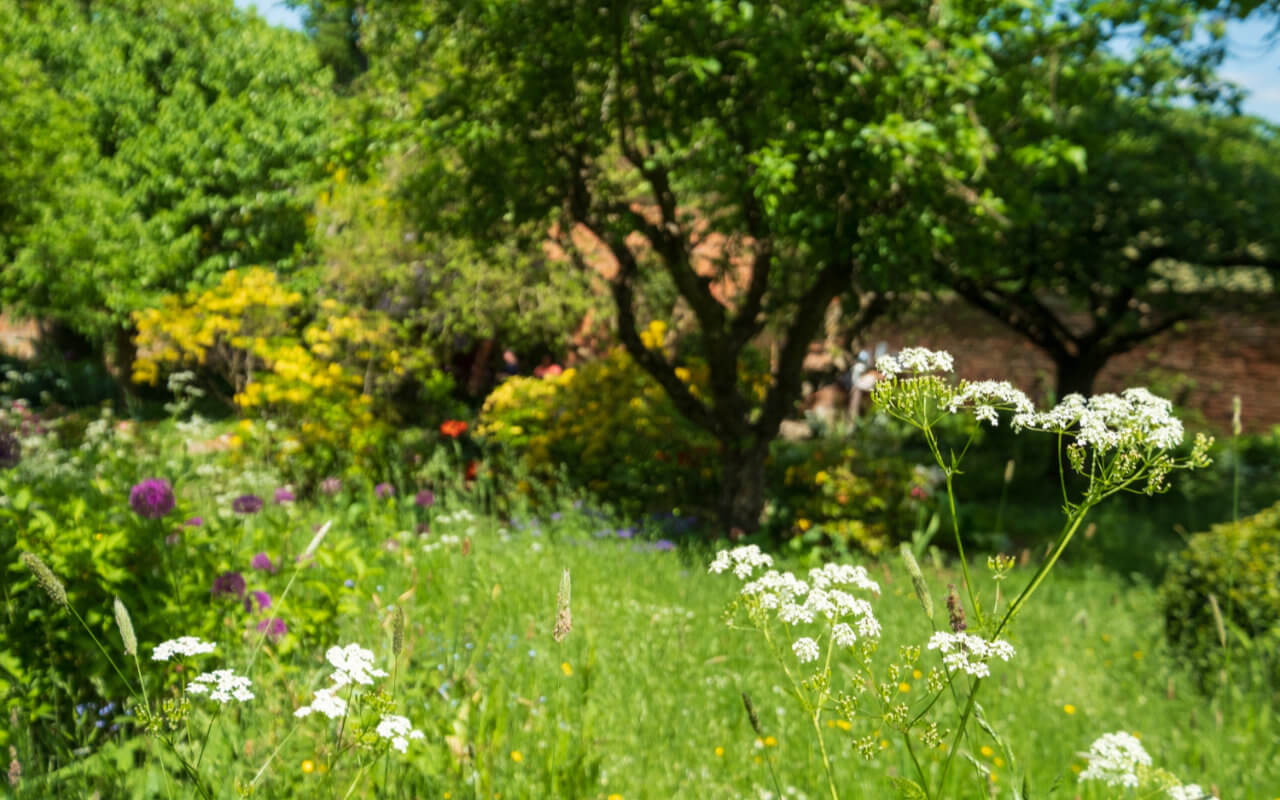Mandatory Biodiversity Net Gain (BNG) for developments under the Town and Country Planning Act 1990 (“the TCPA”) was due to come into force in November 2023. However, this has now been delayed, giving developers some (but not much) more time to better understand their obligations.
September’s announcement by the government means that developers in England will now be required to deliver the required 10% gain from January 2024 for new housing, industrial or commercial developments and for transport infrastructure authorised under the Transport and Works Act 1992, for which either prior or deemed planning permission under the TCPA is required. The requirement in relation to Nationally Significant Infrastructure Projects is still “planned” for 2025 but with minimal guidance yet provided on the implementation of this, it remains to be seen whether this date could also slip.
Some further guidance on TCPA developments is promised soon – by the end of November 2023, the government has said it will publish:
- the statutory biodiversity metric;
- the draft biodiversity gain plan template;
- the Habitat Management and Monitoring Plan template; and
- further specific BNG advice for different stakeholders, including developers, landowners and local planning authorities.
These template documents and more tailored guidance will be crucial reading for developers looking to get ahead before the January implementation date.
Importantly, the Government has already published guidance concerning irreplaceable habitats in relation to mandatory BNG. Irreplaceable habitats are considered to have a significant and unique biodiversity value. As a result, they are difficult to recreate. The guidance states that developments impacting such habitats will need strong justification and BNG seeks to further strengthen existing protections.
An initial list of irreplaceable habitats has been realised:
- Ancient woodland
- Ancient and veteran trees
- Blanket bog
- Limestone pavements
- Coastal sand dunes
- Spartina saltmarsh swards
- Mediterranean saltmarsh scrum
- Lowland fens
Where a developer possesses irreplaceable habitat and degradation is unavoidable as a result of a planned development, these habitats will be excluded from the BNG calculation. Instead, a bespoke compensation agreement must be sought with the local planning authority during the planning application process. This will be done on a case-by-case basis.
Keep an eye out for further posts over the next few months as we report on announcements and guidance from the Government as it gears up for full implementation of mandatory BNG.



